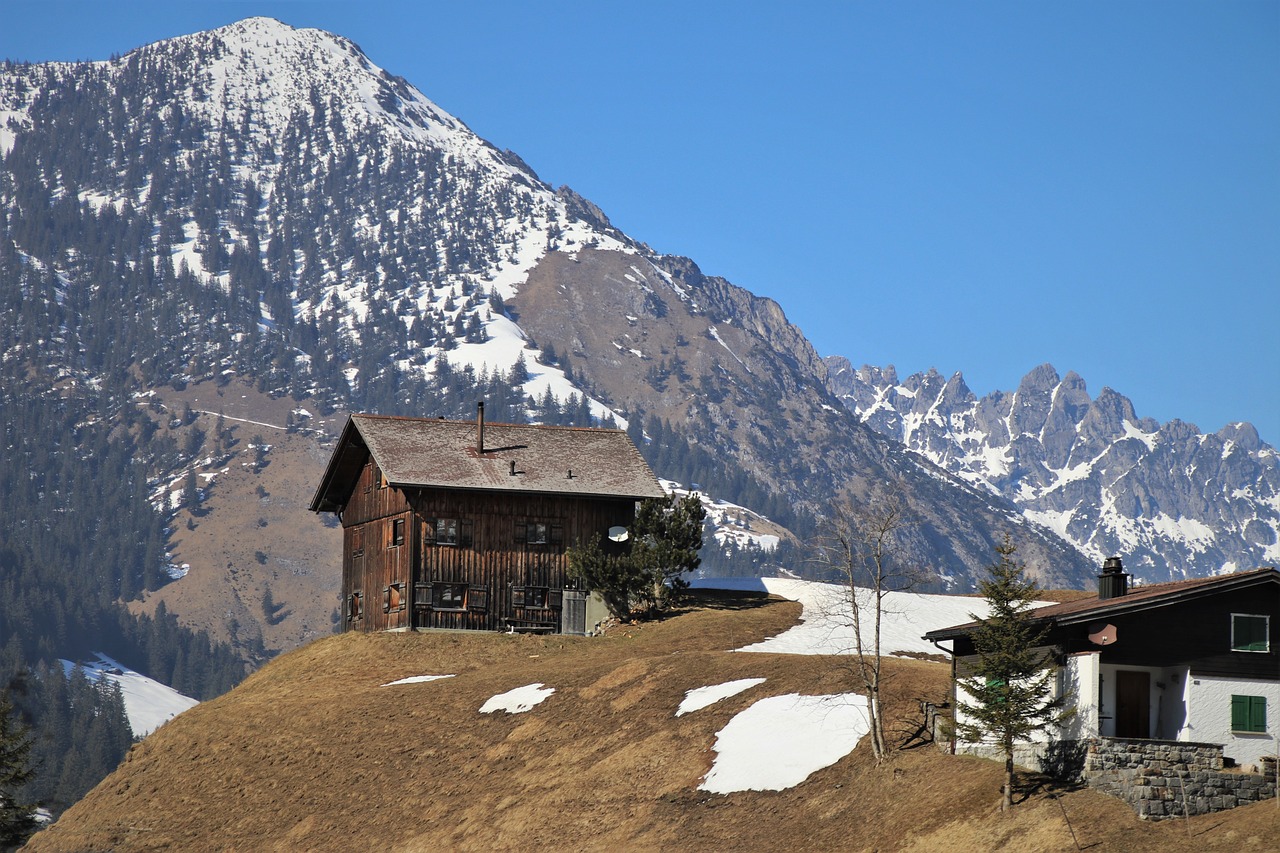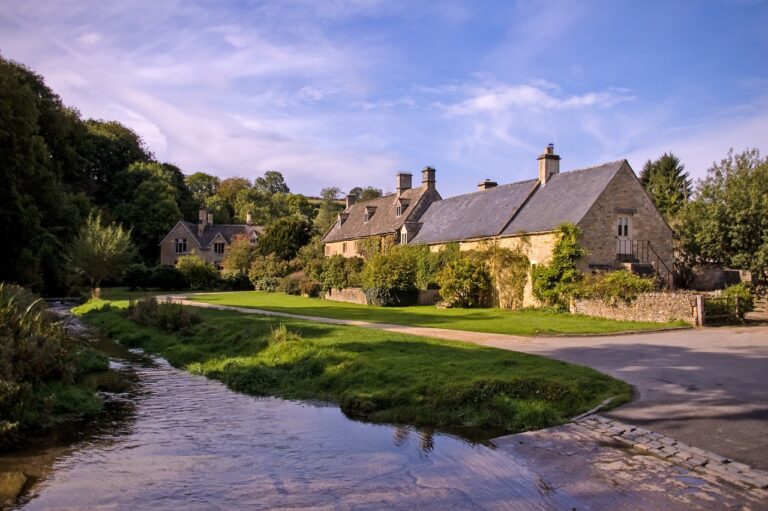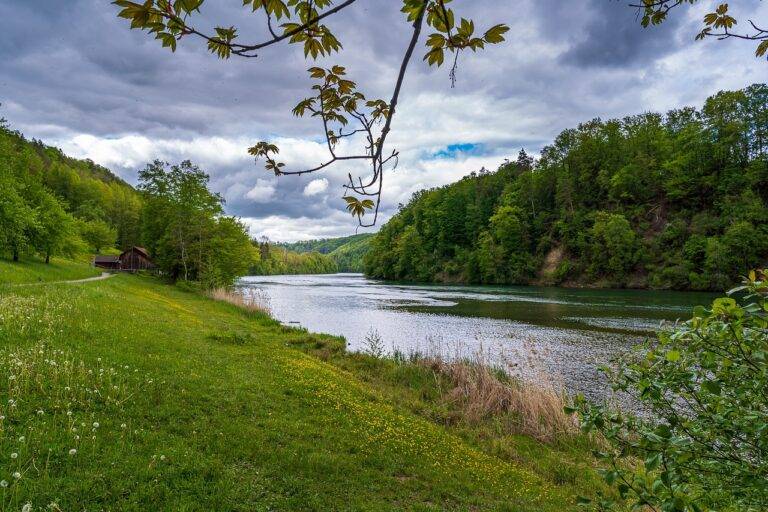Travel and Nature: Exploring National Forests and Trails
In the heart of rugged landscapes and sprawling wilderness, national forests offer a glimpse into the untamed beauty of Mother Nature. Towering trees stand tall, their vast canopies providing shade over winding rivers and hidden valleys below. Hiking through these serene forests, one can witness the harmonious symphony of chirping birds, rustling leaves, and rushing waters, enveloped in a sense of tranquility that only nature can provide.
Each national forest boasts its unique charm, from the ancient old-growth forests of the Pacific Northwest to the vibrant hues of autumn in the Great Smoky Mountains. As visitors meander through these natural sanctuaries, they may encounter elusive wildlife peeking from the underbrush or catch a breathtaking sunrise painting the sky with an array of colors. Exploring these pristine havens not only awakens the senses but also fosters a deep appreciation for the diverse ecosystems that thrive within their boundaries.
The Importance of Conservation Efforts
Conservation efforts play a vital role in preserving the natural beauty and biodiversity of our national forests. By protecting these precious ecosystems, we ensure that future generations can continue to enjoy the wonders of nature. Without conservation efforts, these fragile environments are at risk of irreversible damage from human activities and climate change.
Through sustainable practices and responsible stewardship, we can ensure that our national forests remain healthy and vibrant. Conservation efforts help to maintain the delicate balance of flora and fauna, creating a harmonious ecosystem that benefits both wildlife and humans alike. By supporting conservation initiatives, we can safeguard these invaluable resources for the benefit of all.
Exploring Trails: A Guide to Hiking Safely
Hiking can be a rewarding way to explore the great outdoors, but it’s essential to prioritize safety while on the trails. Before setting out on a hike, make sure to pack essential items such as a map, compass, first aid kit, plenty of water, and high-energy snacks to keep you fueled throughout the trek. Additionally, wear appropriate footwear and clothing to ensure comfort and protection from the elements.
It’s also crucial to inform someone of your hiking plans, including your intended route and estimated return time. This way, in case of an emergency, authorities will have a better idea of where to search for you. Stay on marked trails, avoid wandering off the designated path, and be mindful of your surroundings to prevent getting lost. Remember to respect nature and wildlife by observing from a safe distance and refraining from feeding or approaching animals.





